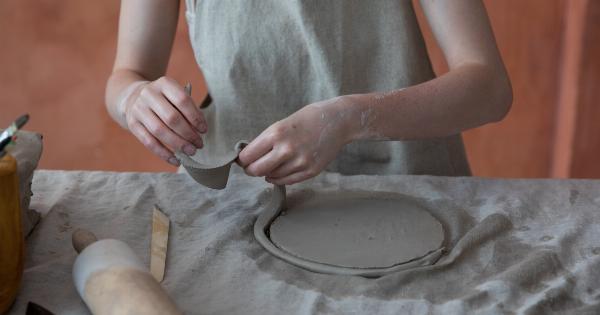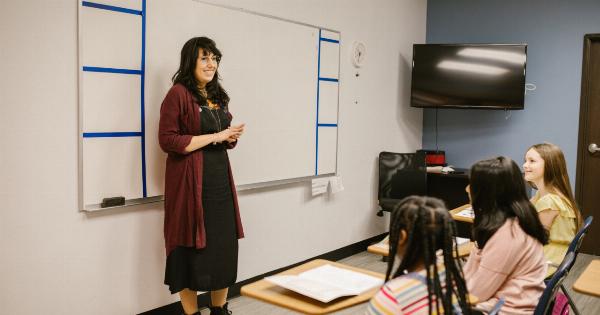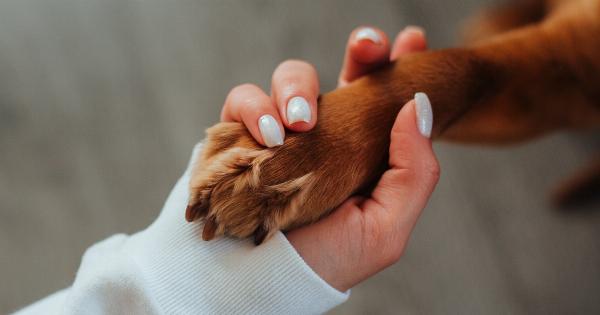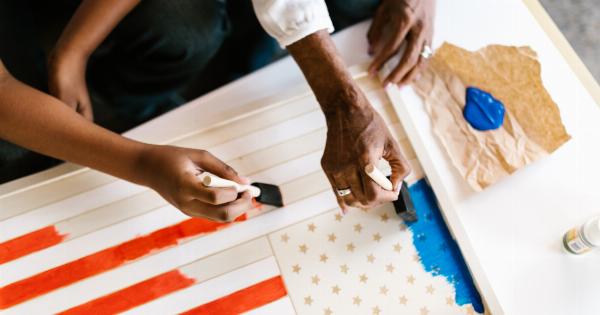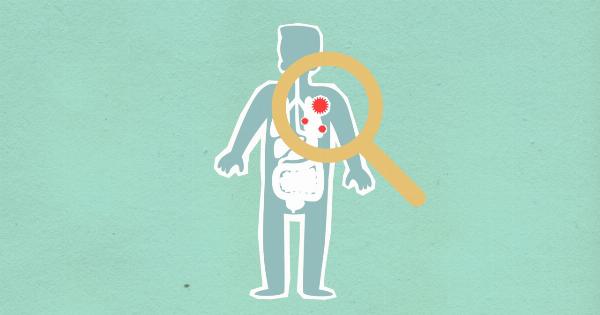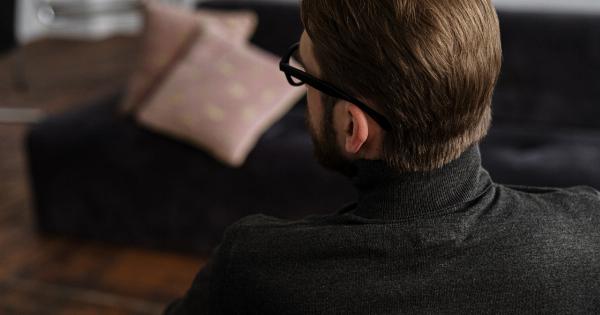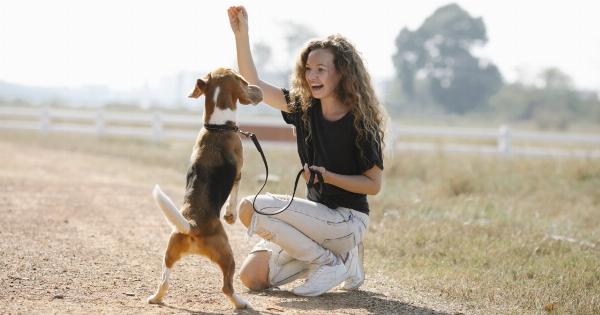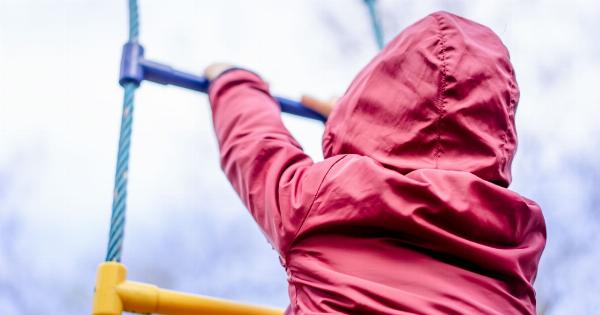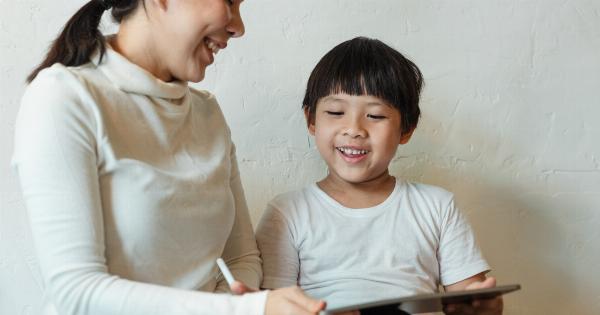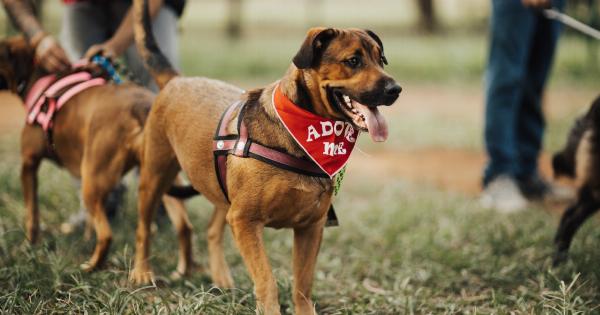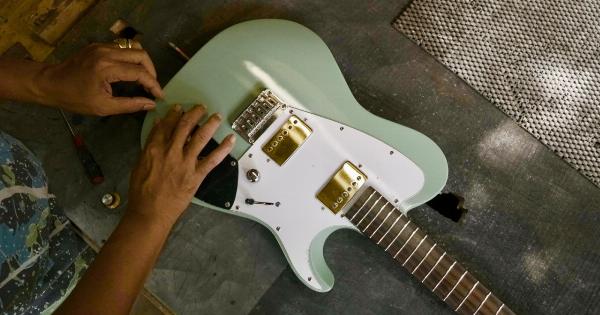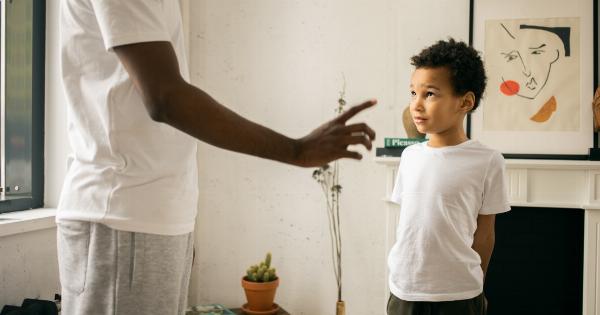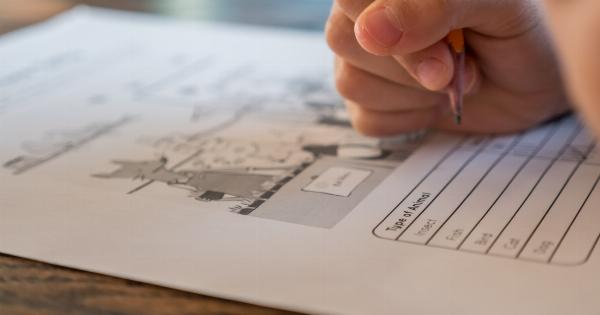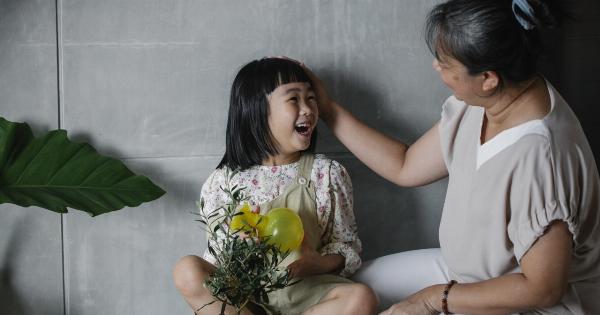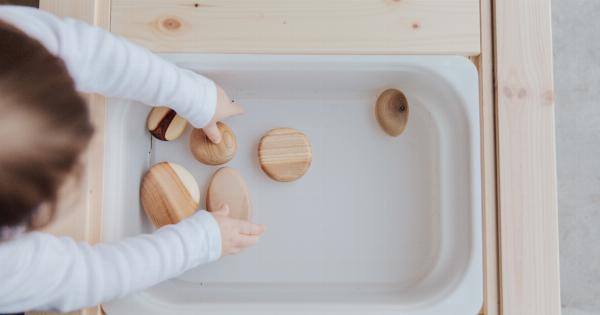Toilet training is an important milestone in a child’s development and can sometimes be a challenging task for parents.
However, with the right approach and tools, such as the Pan to Yogo toilet training system, the process can become more manageable and successful. In this article, we will discuss various strategies and tips to help you toilet train your child effectively.
1. Start at the Right Time
Before beginning the toilet training process, it is crucial to determine if your child is ready for this milestone. Most children start showing signs of readiness between 18 months to 3 years of age.
Look for signals such as the ability to stay dry for longer periods, showing interest in the bathroom, or being able to communicate their needs.
2. Introduce the Pan to Yogo System
The Pan to Yogo system is a unique toilet training tool that can make the process more engaging and less overwhelming for your child.
This system consists of a child-sized potty chair shaped like a fun animal, along with a colorful illustrated book that teaches bathroom routines. Introduce the Pan to Yogo system by reading the book to your child, showing them the potty chair, and explaining its purpose.
3. Establish a Routine
Creating a consistent routine is key to successful toilet training. Start by taking your child to the bathroom at regular intervals, such as upon waking up, before and after meals, and before bedtime.
Make sure to use encouraging language and praise them for any effort, regardless of the results. Keep the Pan to Yogo potty chair easily accessible, so they can use it independently when needed.
4. Demonstrate Proper Technique
Show your child how to use the Pan to Yogo potty chair correctly. Teach them to undress themselves, sit comfortably on the chair, and relax while using the bathroom. Use the illustrations in the accompanying book to explain the steps visually.
Encourage them to try sitting on the chair fully clothed at first, then progress to sitting without a diaper or underwear.
5. Use Positive Reinforcement
Positive reinforcement plays a crucial role in toilet training. Praise your child for their efforts, even if they do not succeed initially. Offer small rewards such as stickers or a favorite snack to motivate them further.
Avoid punishment or negative reactions, as it may create anxiety or setbacks in the process.
6. Teach Proper Hygiene
Alongside toilet training, it is essential to teach your child proper hygiene habits. Encourage them to wash their hands before and after using the bathroom. Explain the importance of using toilet paper correctly and flushing the toilet.
The Pan to Yogo system includes interactive elements in the book to make hygiene practices more engaging for your child.
7. Manage Accidents Gracefully
Accidents are a natural part of the toilet training process. When accidents happen, stay calm and reassure your child that it’s okay. Avoid scolding or shaming them, as it may deter their progress.
Instead, calmly clean up together and encourage them to try using the potty chair next time.
8. Gradual Transition to the Toilet
Once your child becomes comfortable using the Pan to Yogo potty chair, you can start gradually transitioning them to using the regular toilet. Use a child-sized toilet seat insert and step stool to provide support and make it more accessible.
Continue to encourage them and provide assistance as needed.
9. Set Realistic Expectations
Remember, every child is different, and toilet training can take time. Set realistic expectations and be patient throughout the process. Some children may learn quickly, while others may require more time and practice.
Celebrate each milestone and progress made, no matter how small.
10. Seek Professional Help if Needed
If you are facing significant challenges or your child is not responding to toilet training methods, it may be helpful to seek guidance from a pediatrician or child development specialist.
They can provide valuable insights and strategies tailored to your child’s unique needs.

